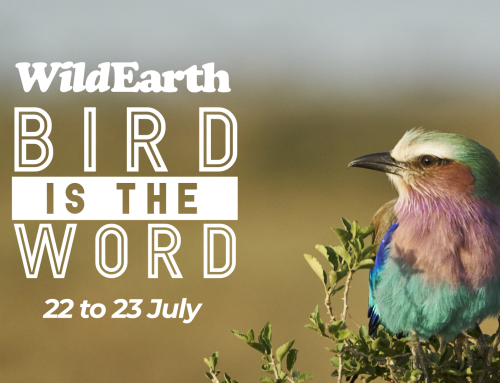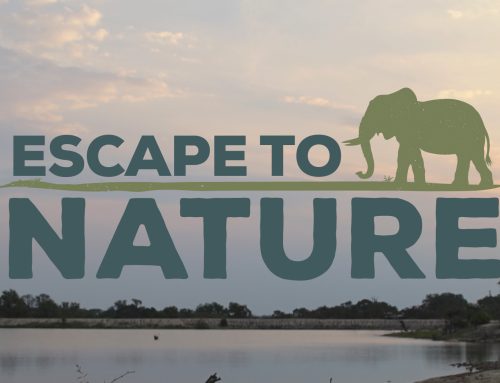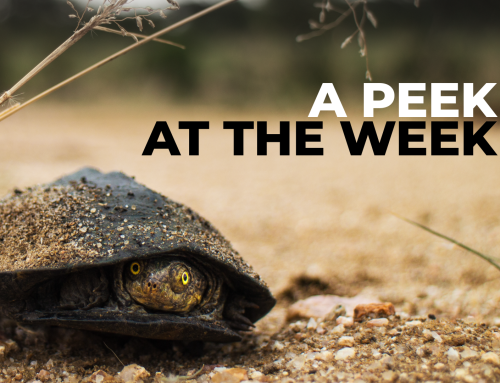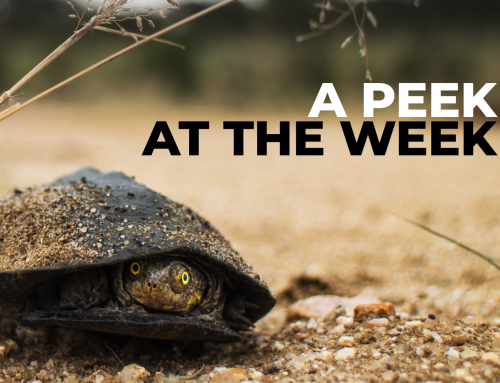The waterhole. It is an iconic setting of the African wilderness.
Drawn to the life giving liquid that is promised there, elephants, buffaloes, birds, hippos, lions and frogs all gravitate there. On a hot day it is a hub of activity for all orders of Animalia. Water connects even the most disparate of wildlife because it is the primary source of life.
Before the founders of WildEarth had even conceptualised safariLIVE, they dreamed of showing the world African wildlife in its most natural form. The goal was to allow people from afar to experience the ebb and flow of the African bush, enabling a glimpse into the secret world of animals in the wild. That the most advantageous place for such a glimpse should be by water was obvious. Thus, the world was connected to Djuma Dam with the first ever 24-hour waterhole camera.
Water is essential for all terrestrial beings; this is why World Water Day is so important. It may only be one day a year, but it is a day where people can reflect and brainstorm about ways humans can not only undo the damage we’ve done to nature, but also make our industrialized areas more sustainable.

How humans manage, or mismanage, life’s most important element is crucial to everyone’s future. This includes American suburbia, Asian megacities, South American rainforests, and of course, African grasslands. This is never more apparent than when watching the number and diversity of animals that depend upon one small waterhole at the tip of the continent. It may feel difficult to connect with World Water Day; it may seem like a day set aside for global leaders sitting around big tables. However, if you take the time to watch the abundance of nature and wildlife at Djuma Dam, it becomes quite personal. This intimate and dynamic waterhole and others like it around the world are what’s at stake in the endeavour to better manage our water supply.





